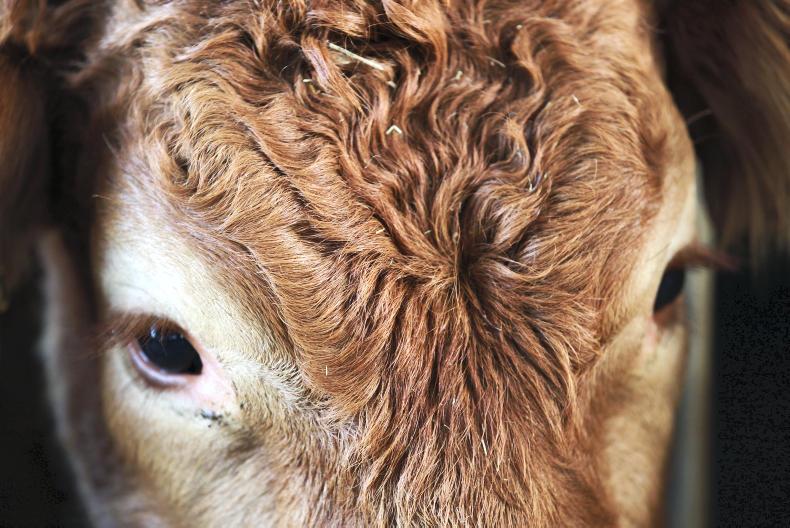Scientists in the European Food Safety Authority (EFSA) has concluded that contaminated feed is the most likely source of infection for isolated BSE cases in Europe.
The European response to bovine spongiform encephalopathy (BSE) after the crisis of the 1980s has significantly reduced prevalence of the disease in cattle.
Despite this, isolated cases are still being reported in the EU, and for this reason the European Commission asked EFSA to investigate their origin.
The infectious agent that causes BSE has the ability to remain active for many years, thus the scientists’ conclusion that contaminated feed is the main cause.
Cattle may have been exposed to contaminated feed because the BSE infectious agent was present where feed was stored or handled.
A second possibility is that contaminated feed ingredients may have been imported from non-EU countries, they said.
Other causes
Experts could not rule out other causes due to the difficulty of investigating individual cases.
Some constraints are the long incubation period of the disease and the lack of detailed information available from farms at the time of the trace-back investigation.
EFSA experts made a series of recommendations to maintain and strengthen the EU monitoring and reporting system, and to evaluate new scientific data that becomes available.
Control measures
The key measure for controlling BSE in the EU is a ban on the use of animal proteins in livestock feed.
This is because BSE can be transmitted to cattle through contaminated feed, mainly in the first year of life.
Some 60 cases of classical BSE have been reported in cattle born after the EU ban was enforced in 2001 – none of these animals entered the food chain.
The EU food safety system is designed to prevent the entry of BSE-contaminated meat onto the market.
Read more
More e-monitoring of animals and medicines on the cards
RVLs safe for now – report
Scientists in the European Food Safety Authority (EFSA) has concluded that contaminated feed is the most likely source of infection for isolated BSE cases in Europe.
The European response to bovine spongiform encephalopathy (BSE) after the crisis of the 1980s has significantly reduced prevalence of the disease in cattle.
Despite this, isolated cases are still being reported in the EU, and for this reason the European Commission asked EFSA to investigate their origin.
The infectious agent that causes BSE has the ability to remain active for many years, thus the scientists’ conclusion that contaminated feed is the main cause.
Cattle may have been exposed to contaminated feed because the BSE infectious agent was present where feed was stored or handled.
A second possibility is that contaminated feed ingredients may have been imported from non-EU countries, they said.
Other causes
Experts could not rule out other causes due to the difficulty of investigating individual cases.
Some constraints are the long incubation period of the disease and the lack of detailed information available from farms at the time of the trace-back investigation.
EFSA experts made a series of recommendations to maintain and strengthen the EU monitoring and reporting system, and to evaluate new scientific data that becomes available.
Control measures
The key measure for controlling BSE in the EU is a ban on the use of animal proteins in livestock feed.
This is because BSE can be transmitted to cattle through contaminated feed, mainly in the first year of life.
Some 60 cases of classical BSE have been reported in cattle born after the EU ban was enforced in 2001 – none of these animals entered the food chain.
The EU food safety system is designed to prevent the entry of BSE-contaminated meat onto the market.
Read more
More e-monitoring of animals and medicines on the cards
RVLs safe for now – report









SHARING OPTIONS